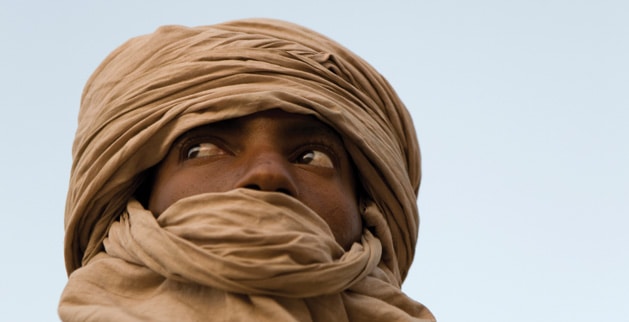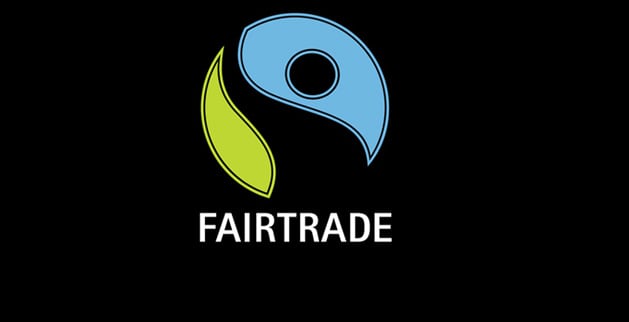
There are a lot of stereotypes associated with terrorism. It’s tempting to paint the issue black and white: terrorist and victim. But the truth, as in so many things, is not that simple. Terrorism is its own vicious cycle—and the victims are on both sides. The social, religious and medical implications of living in extreme poverty are largely respon- sible for terrorism in today’s world, and we can do something about it.
Unexpected Factors of Terrorism
- DEPENDENCY:
Impoverished people, some who live on less than $2 a day, are often vulnerable to seizure or recruitment by terrorist groups that promise to provide social, welfare, cultural and educational services for the community, whether or not they deliver.
- RELIGIOUS INTOLERANCE:
Radical religious extremism is the most often portrayed face of terrorism. Poorer communities that lack proper education and are inundated by propaganda have little defense against such theories.
- RESOURCES:
Much terrorist activity is stimulated by the scarcity or misappropriation of natural resources. land, oil, minerals or crops considered to be valuable present a perfect opportunity for terrorist groups to abuse workers, exercise autocratic control and reap the financial benefits.
- HUMAN RIGHTS:
The corrosion of human rights is both a cause and effect of terrorism. Individuals and groups who lack dignity and security are easily manipulated, and their seemingly irreversible status fuels the greed and power of the elite.






















